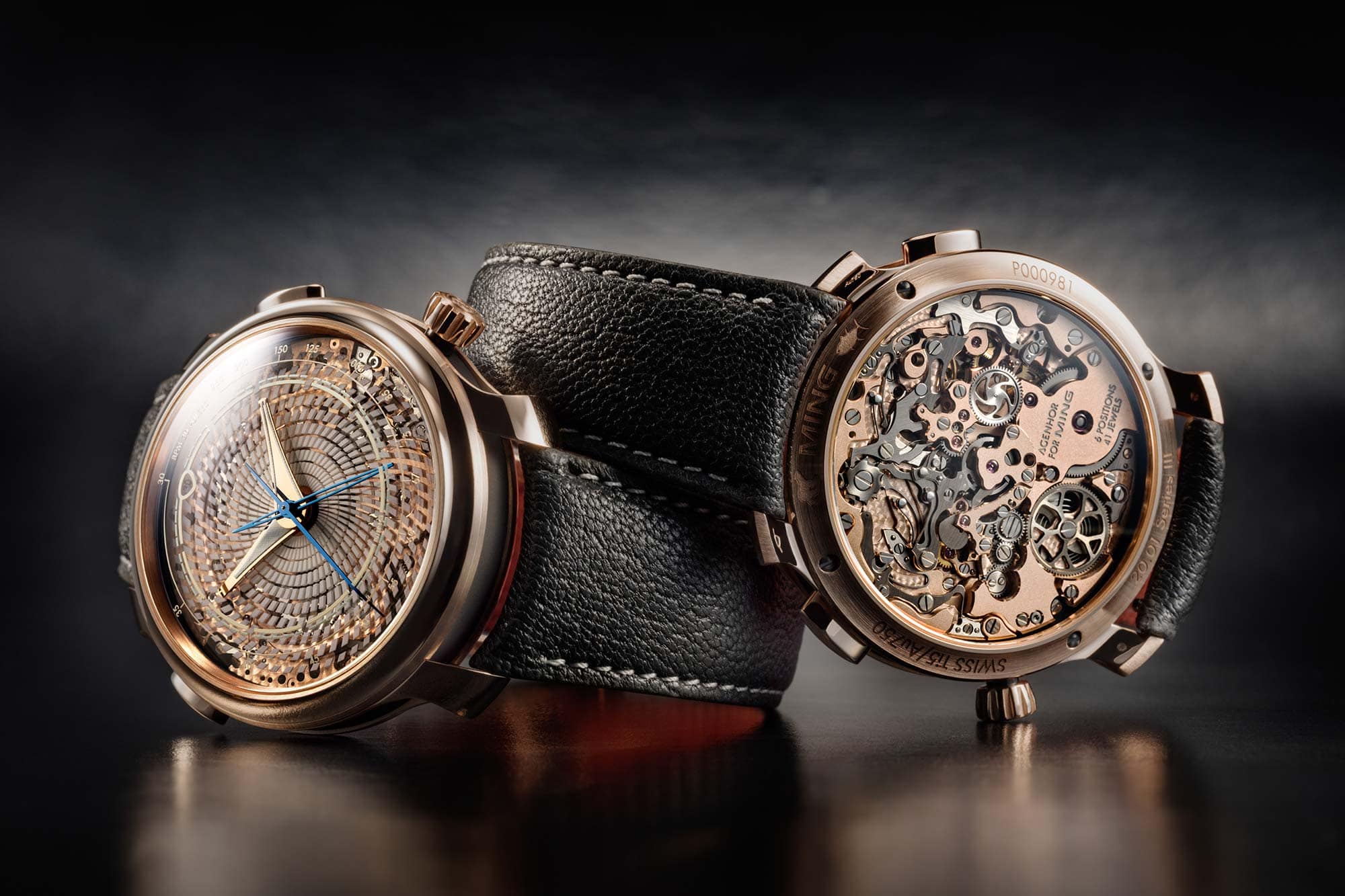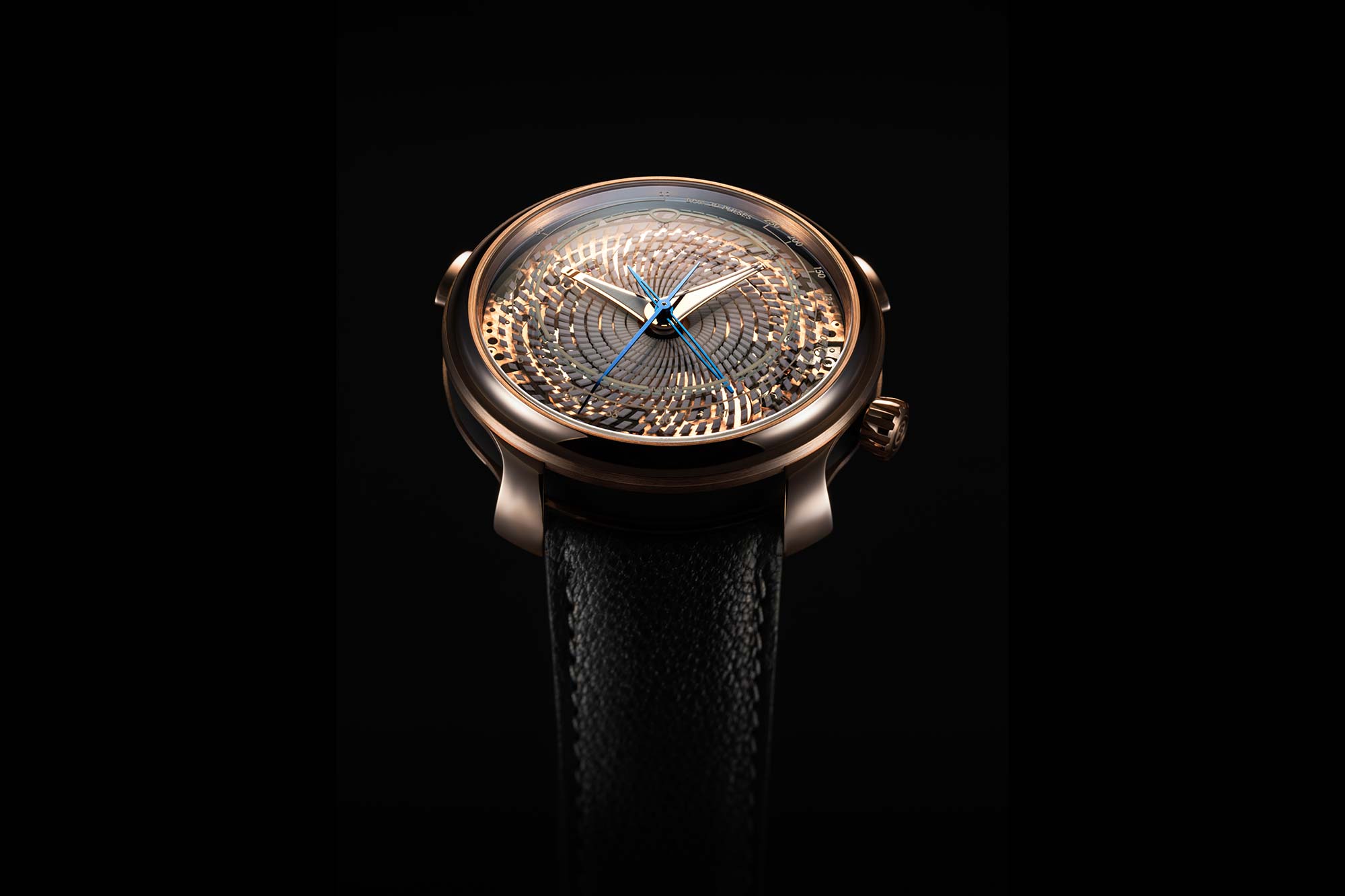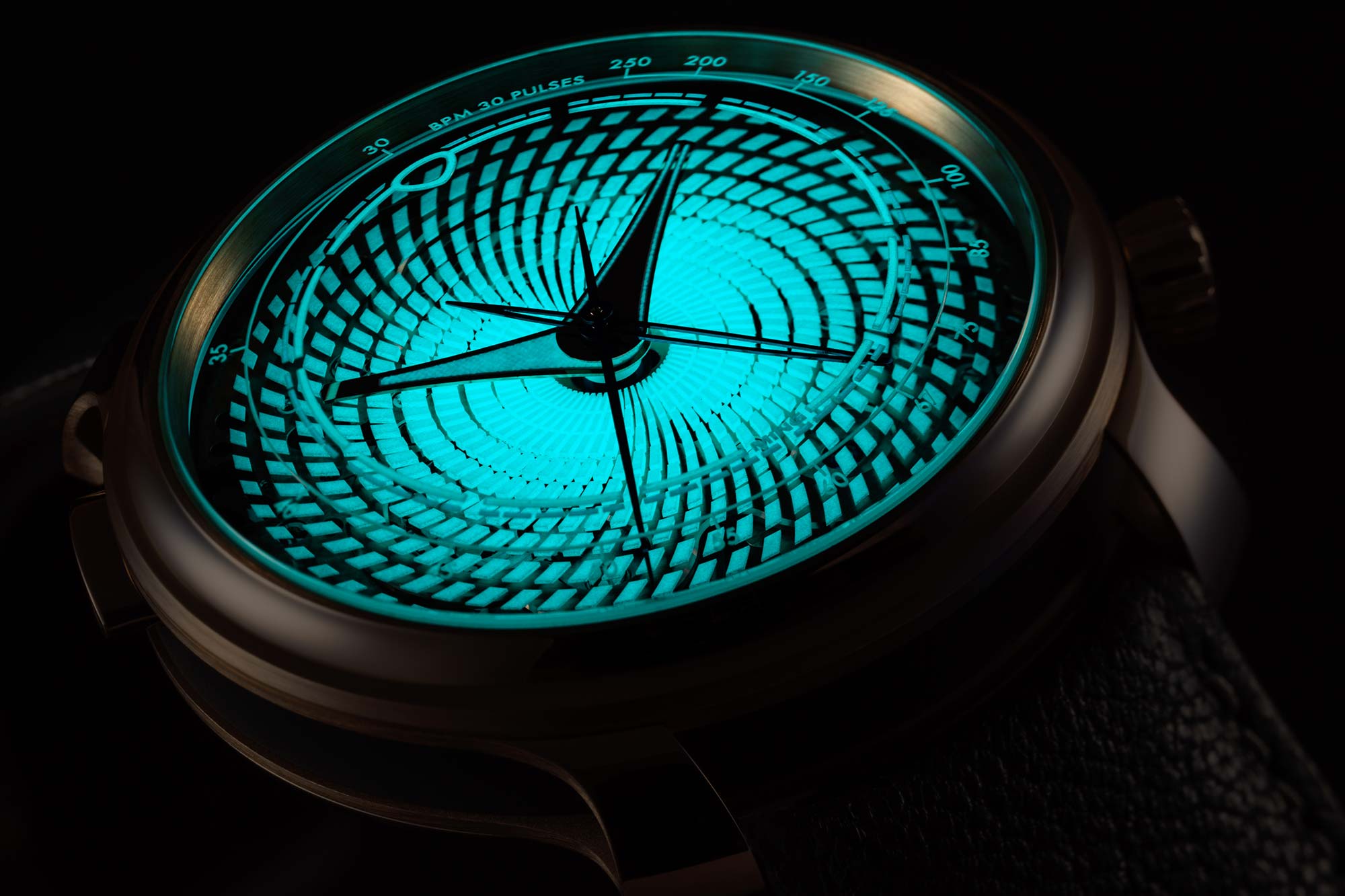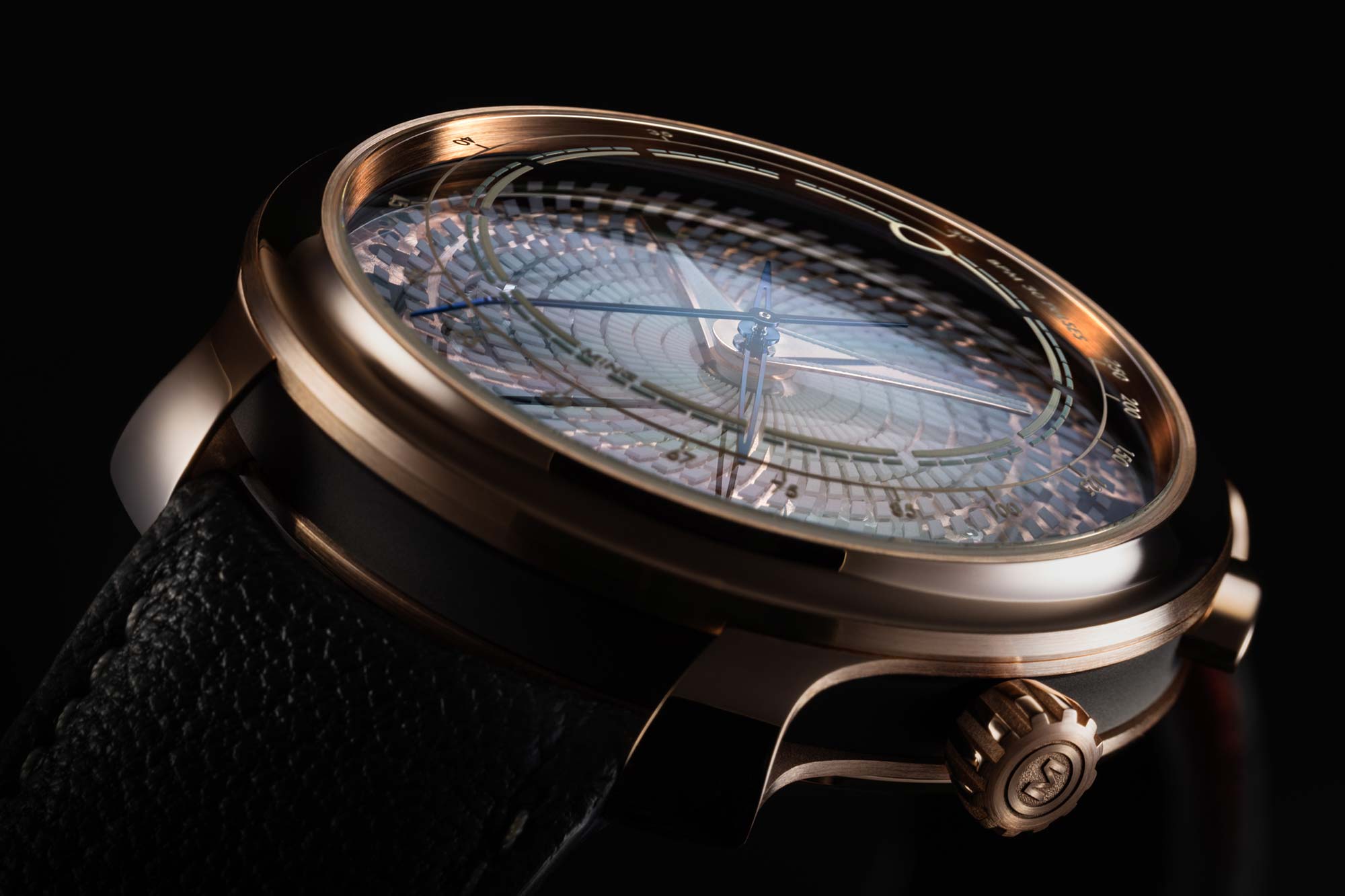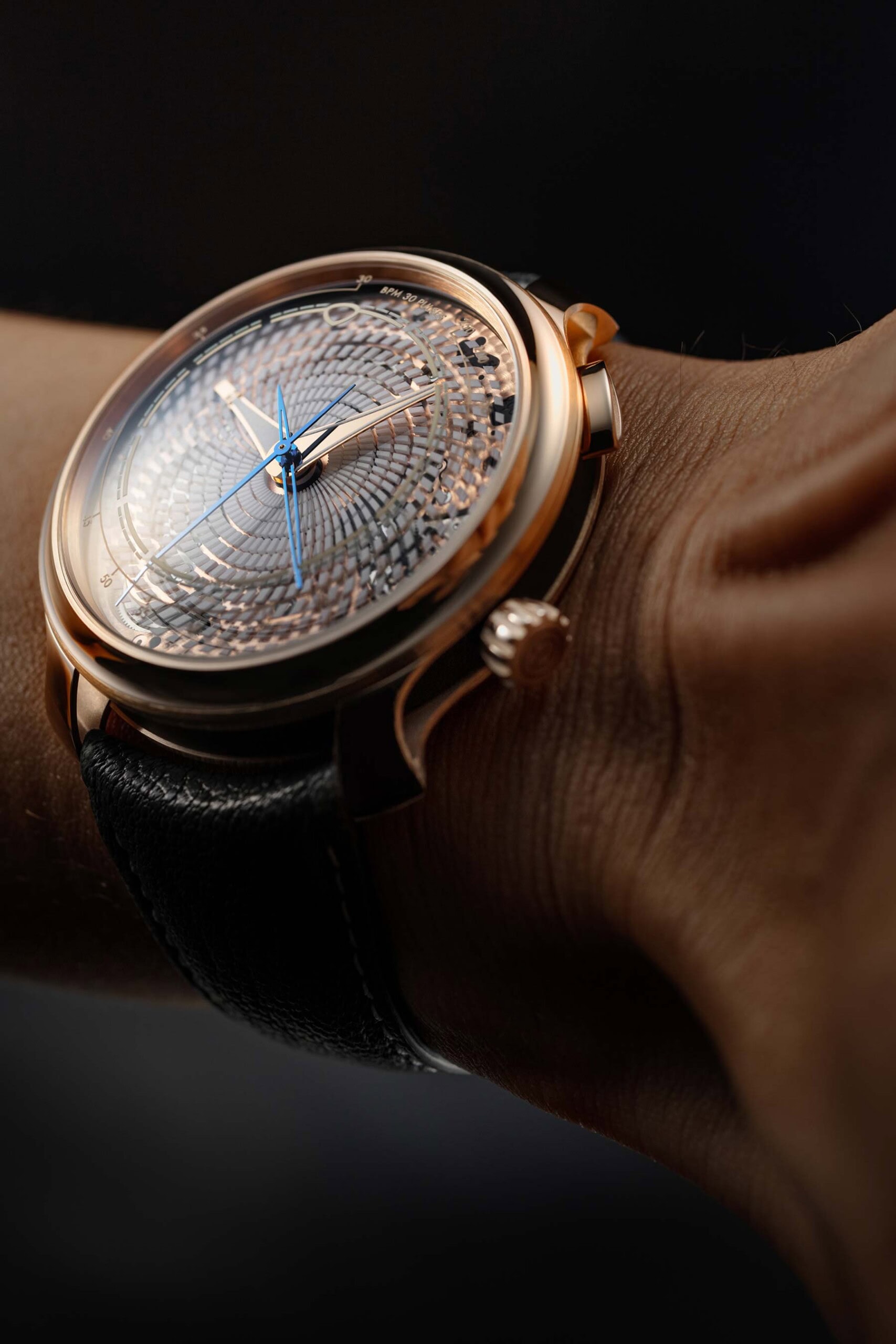Ming is a brand that tends to elicit strong reactions from enthusiasts. They are certainly not to everyone’s taste, but those who love the brand really love the brand and are among the most enthusiastic collectors I’ve encountered in the watch world. I’ll be honest, Ming’s house aesthetic is typically not for me, personally, but I’ve gained a tremendous amount of respect for the brand as I’ve had a chance to talk to more owners about they find these watches so interesting. A big part of it, as it always seems to be, is the community built around that ownership experience. That community reveals itself in a public way via Ming’s Special Project’s Cave, a kind of skunk-works segment of the brand that is free to experiment as the brand develops new technologies. As Ming always points out when they release a watch from the Cave, the process always involves input from their customers, so you could think of the watches in this series as a real reflection of the brand’s owners. If that’s the case, their latest creation, the 20.01 Series 3, kind of proves my point about the vibrancy of the Ming community.
At a high level, the 20.01 Series 3 is a precious metal chronograph utilizing the excellent AgenGraphe movement by Agenhor. But when you get closer (and closer) you realize that the 20.03 is perhaps the brand’s most avant-garde creation yet, which is saying something considering some of the projects that have come out of the Special Projects Cave to this point. The centerpiece of the watch is a fused borosilicate dial. Borosilicate is a type of glass, and Ming claims they’re the first watch brand to use it in this way. If you want to get a sense of what borosilicate is and how it’s most commonly used, you might have some in your kitchen: Pyrex cookware is made of the stuff, so you can probably guess that one of the chief strengths of the material is a resistance to breaking down in extreme heat.
The dial has been constructed with a total of 600 “voids” in the glass in a circular, snailing pattern. The small holes in the glass change size on a horizontal and vertical plane, which Ming says is clearly evident when the watch is viewed at an angle. These small “voids” are created using a high energy laser, a process that could have only been completed recently as the level of precision here would be impossible with traditional watchmaking machines given the borosilicate material.
Why make a glass dial with 600 perfectly lasered cavities, you ask? To fill them with lume, of course. As with many of the most interesting Mings, this one really explains why it exists when given a full lume charge. Each cavity is hand-filled using syringes loaded with Super-LumiNova X1 in liquid form, and Ming claims the 20.01 Series 3 has the most intensely bright lume of any Ming, ever. Like other Ming creations that use lume in a particularly creative way, the elements here appear to “float” in the dial for a unique sensation of depth. I would imagine that at odd angles the impact would be even more visually interesting.
As mentioned, the watch is powered by the AgenGraphe chronograph caliber, which was also the movement found in this watch’s predecessor, the 20.01 Series 2. The AgenGraphe is a legitimately important chronograph caliber as its maker, Agenhor, has completely rethought the construction and functionality of a common chronograph movement to create something genuinely new. Unlike literally every other chronograph caliber in production with an architecture that places the chronograph works on top of the going train, the AgenGraphe places the chronograph works at the movement’s center. This allows for a display that focuses squarely on elapsed time, read from the center of the dial. The Ming version of this movement has been customized to their needs, but features many notable Agenhor features like instant jumping minutes, backlash free gears, and snail reset cams.
The 20.01 Series 3 has a 41.5mm 18k rose gold case with a DLC coated titanium core, featuring the brand’s signature flying blade lugs.. The watch will be made in a limited run of just 20 pieces, and carries a retail price of CHF 43,500. Deliveries are slated to begin in October of this year. Ming









 Featured Videos
Featured Videos




